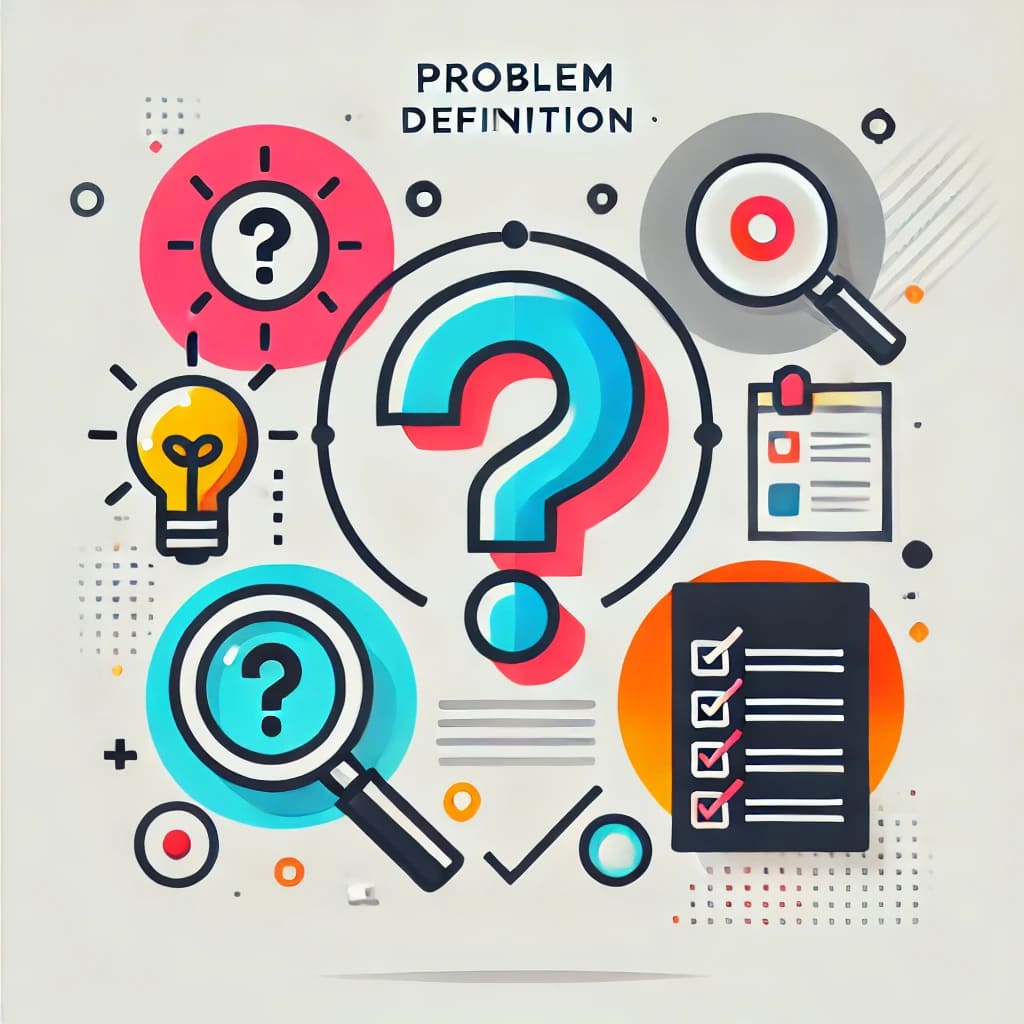
Objective
To train staff members on how to clearly and accurately define problems, thereby setting the stage for effective problem-solving. A well-defined problem is easier to solve, communicate, and manage.
Topics Covered:
Framing the Problem
Crafting Problem Statements
Summary
Clearly defining the problem is the first crucial step in the problem-solving process. A well-framed problem and a clear problem statement set the foundation for finding an effective solution. They also facilitate better communication among team members and stakeholders, ensuring everyone is aligned in understanding and solving the problem.